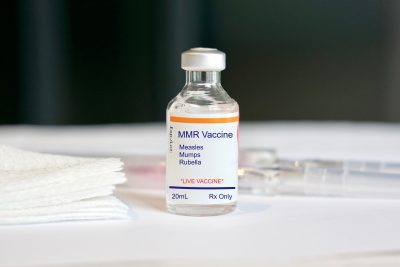Baseball and softball season is in full swing. Professional baseball players have started their seasons. Similarly, youth baseball and softball programs have also begun. Softball and baseball have continued to grow in popularity, with over 25 million kids playing baseball or softball in 2018. Along with this increase in these athletes, injury rates – particularly in baseball pitchers – have increased. This is where pitch counts come into play.
Over the years, USA Baseball and other similar organizations have been developing rules to try and decrease these climbing injury rates. Before 1996, baseball had inning limits and rest requirements, which have since evolved to more specific rules about the number of pitches thrown. In addition, USA Baseball has developed a campaign called “PitchSmart”. The goal of this campaign is to give guidelines in each age group for pitch counts and rest days, along with recommendations on warm ups and types of pitches to try and decrease injury. Below is a link to a table from MLB.com with the latest pitch counts for youth baseball.
A few other guidelines from the American Sports Medicine Institute developed to avoid injury include:
- Don’t pitch with fatigue! If an athlete shows signs of fatigue, they should be taken out.
- No overhead throwing for 2-3 months per year
- Avoid pitching on multiple teams at a time
- Pitchers should not also play catcher
- Learn good throwing mechanics early
Pitch counts are a great thing and can help decrease injury rates. BUT, coaches need to follow them! A survey showed that only 43% of coaches could correctly answer questions about pitch counts, and 19% allowed players to play with known arm fatigue. The rules will only work if coaches are knowledgeable and rules are followed. You should talk with your coaches to make sure they are familiar with and are adhering to these guidelines.
Unfortunately, softball doesn’t have specific published guidelines similar to baseball. STOP sports injuries (a worldwide group aiming to make things safer for kids) has recommended following similar pitch count guidelines as those used in baseball. This is probably a good guideline until more research can be done.
For age-related pitching guidelines, go to https://www.mlb.com/pitch-smart/pitching-guidelines.
When your child has a sprain, strain, jam or minor fracture, visit one of two Orthopedic Injury Clinic locations for a same-day visit. You’ll receive immediate care from orthopedic specialists, including on-site X-ray, splinting and casting. We treat kids ages five and up.
If your child is sidelined with a baseball or softball injury, visit The Young Athlete Center’s website to learn more about what it means for your young athlete and how this difficult injury can be treated.







Comments